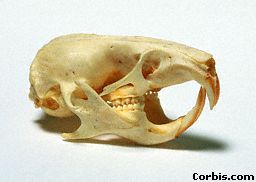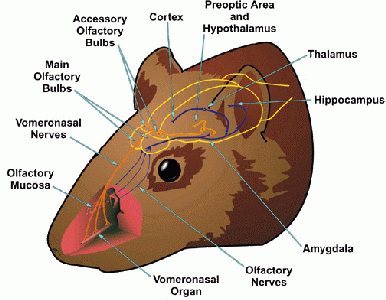
Care Guide

Care Guide
{Home}
| Introduction | Buying | Handling | Basics |
| Housing | Diet | Breeding | Health |
| Facts | Sexing | History | Breeds |
| Breeding FAQ | Potty Training |
| Extensive Hamster Language | Travel with your hamster |
| Hamster products | Hamster Time |
| Pine & Cedar | Grooming |
| Temperature | Cage Comparisons |
| Toys Guide | Dwarf Hamsters |
This is a picture of a hamster skull


The main organs and glands in a hamsters head

Welcome to Hamster Havens all new Hamster Care section!
Because of how our care guide is set up now, it is easier to find the information you want. Example: You click Introduction in the frame (the window to the left) and it brings you to another page with the introduction on it.
For almost each page, there are two sets of data (perhaps almost the same thing). One set of data is straight from the book, and one set of data is collected from our hamster specialists here, who are experienced and highly trained professionals in the hamster busness. So it would be easier for you to understand all the information, and learn tips from our experience at the same time.
Hamsters are Curious Creatures
from AOL's pet care guide
People used to think a hamster's nightly runs were its way of getting some exercise or working off nervous energy. Today
scientists believe that your hamster is trying to tell you something. It's saying "What's happening out there in the world?: If you
were to let Hambone out of the cage, she would explore and investigate. Hamsters have inherited this behavior from their wild
ancestors, who used the cover of darkness to explore their surrounding area. Since caged pet hamsters can't go anywhere,
they have to be content with just running.
Before you sue us, check out our Bibliography.